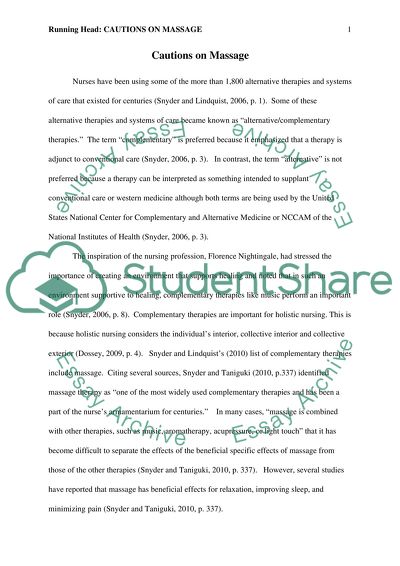Cite this document
(“Cautions or Adverse Effects of Massage Assignment”, n.d.)
Retrieved from https://studentshare.org/nursing/1429970-cautions-or-adverse-effects-of-massage
Retrieved from https://studentshare.org/nursing/1429970-cautions-or-adverse-effects-of-massage
(Cautions or Adverse Effects of Massage Assignment)
https://studentshare.org/nursing/1429970-cautions-or-adverse-effects-of-massage.
https://studentshare.org/nursing/1429970-cautions-or-adverse-effects-of-massage.
“Cautions or Adverse Effects of Massage Assignment”, n.d. https://studentshare.org/nursing/1429970-cautions-or-adverse-effects-of-massage.


